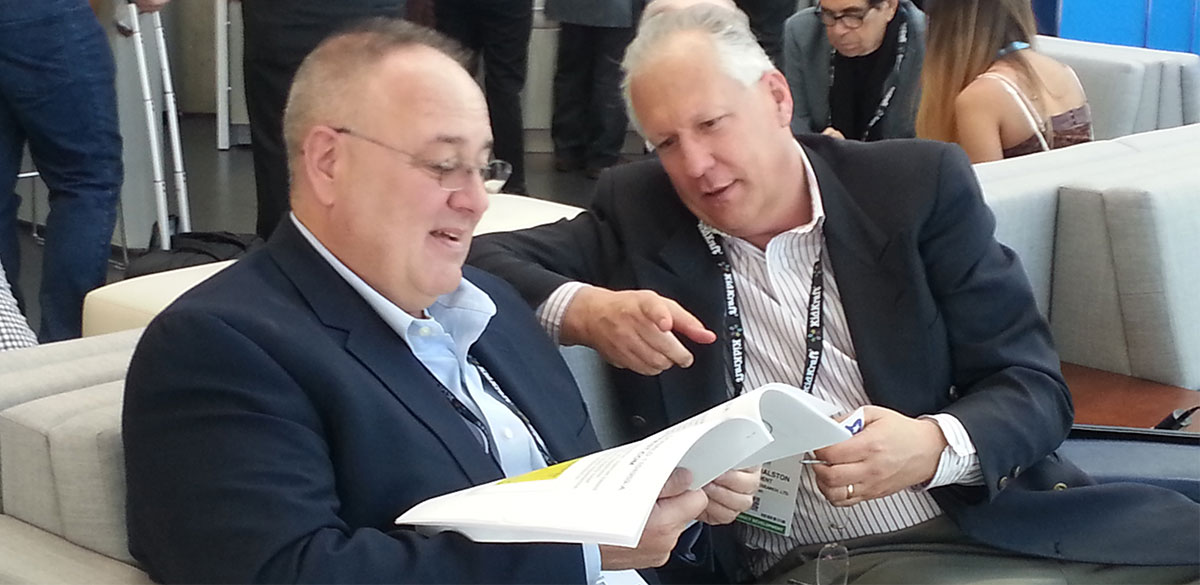Patent Application Process Guide
A patent application must include various necessary components before it can be deemed acceptable for examination by the United States Patent and Trademark Office (USPTO) as to its patentability.
The specifications for a patent application, drawn up by the patent attorney, must include the following:
- Title
- Background Section
- Summary of the Invention
- Brief Description of the Drawing Figures
- Detailed Description (with reference to the drawings)
- Claims (written descriptions)
- Abstract of Disclosure (patent artwork)
The process begins after the inventor obtains a patent search with legal opinion. The first step is the official filing of the patent application with the USPTO.
Applications filed and accepted as complete by the USPTO are assigned for examination to certain examiner groups depending on the subject matter of the application. The applications are taken up for examination in order of filing. It generally takes about 10 to 18 months for the application to be taken up for initial examination at the USPTO. However, in some arts (business methods, Internet) it can take as long as five to ten years to receive an initial examination. This lengthy wait is due to the fact that there are over 400,000 applications per year filed, and there are only a limited number of patent examiners available at the USPTO.
When it ultimately gets assigned to an examiner, the examination includes a study of the application itself to make sure it is in the proper form as per USPTO rules and regulations and that a search of the prior art (patent search) has been included.
Based on the results of this preliminary examination, the patent examiner notifies the applicant (through the patent attorney) in writing of the results of his examination. This notification is known as an Office Action.
Office Actions deal with all matters of form and prior art. They may be in the form of a rejection of either the application or of the claims. The examiner states his reasons for rejecting the application, and gives the inventor a certain time (about three months – which can be extended by paying a fee) to respond to the rejection. Based on this, the inventor is then provided the opportunity to amend the application in a manner that overcomes or corrects the rejection. This amendment is in the form of a written response altering the application and the claims as required and as permitted by USPTO rules. The response must point out exactly how the amendments overcome the rejection or it must point out how the examiner is in error.
After the response is received at the USPTO, the Patent Examiner will review and reconsider his or her rejection. This process can take up to three months. If the response overcomes all of the rejections, the examiner will issue a Notice of Allowance stating that the application is in condition to become a patent. If rejected a second time and the rejection is made Final
(i.e., a final action before the Examiner), the inventor’s only recourse is to file another application (with amendments that are believed to overcome the Examiner’s objections and rejections as stated in his final action) and start all over again or to appeal to the Patent Office Board of Appeals. The appeal is a request to go over the Examiner
for a decision. The Board will review the case and make its own decision. This decision can either agree with the Examiner, the inventor, or they can substitute their own decisions.
If the Board rejects the application, the inventor can appeal to the Court of Appeals for the Federal Circuit or to the District Court having jurisdiction over the USPTO. These courts can then review the case and have the power to issue a patent. If these courts also reject the application, the inventor must appeal to the Supreme Court for relief.
Once a patent application is allowed, the inventor must pay the proper issue fee. The application is then published as a patent in about six months after the issue fee is paid.
The above process, in the normal course of time (with the exception of the arts noted above), can take 12 to 36 months to complete and have the inventor receive his/her patent.


